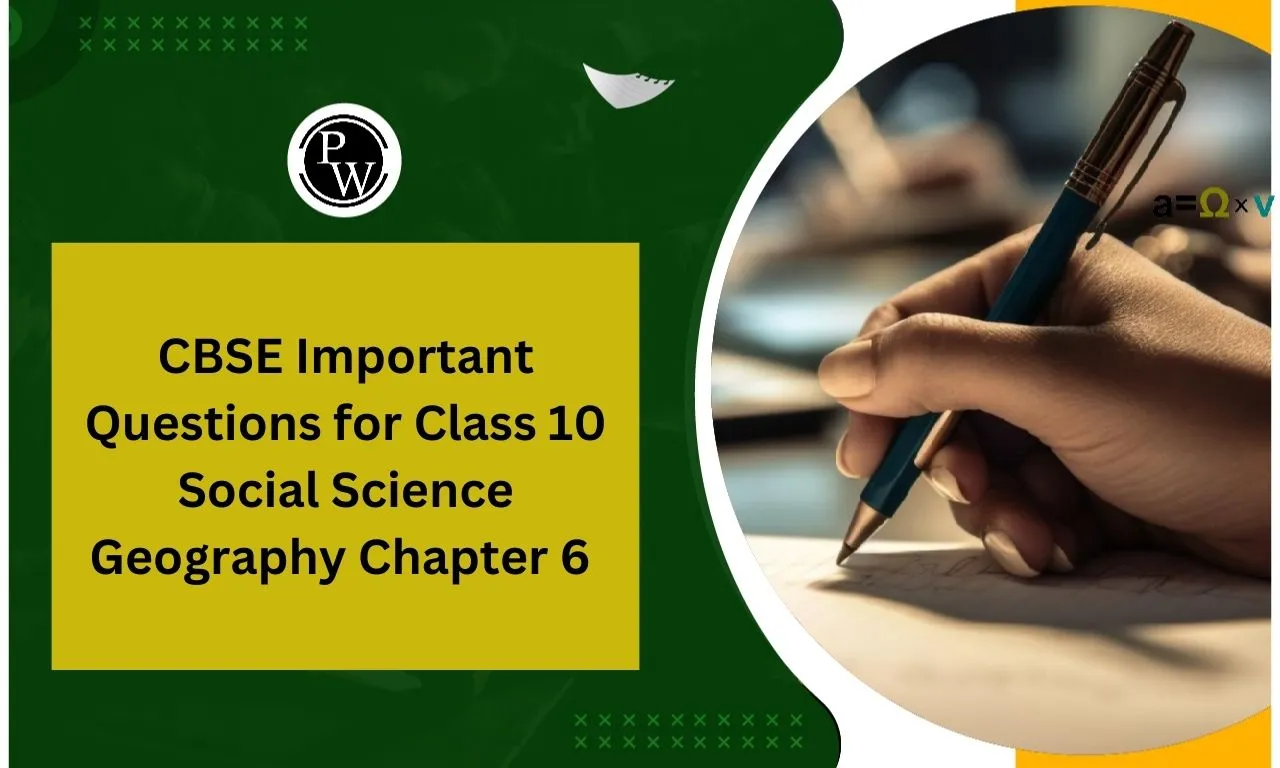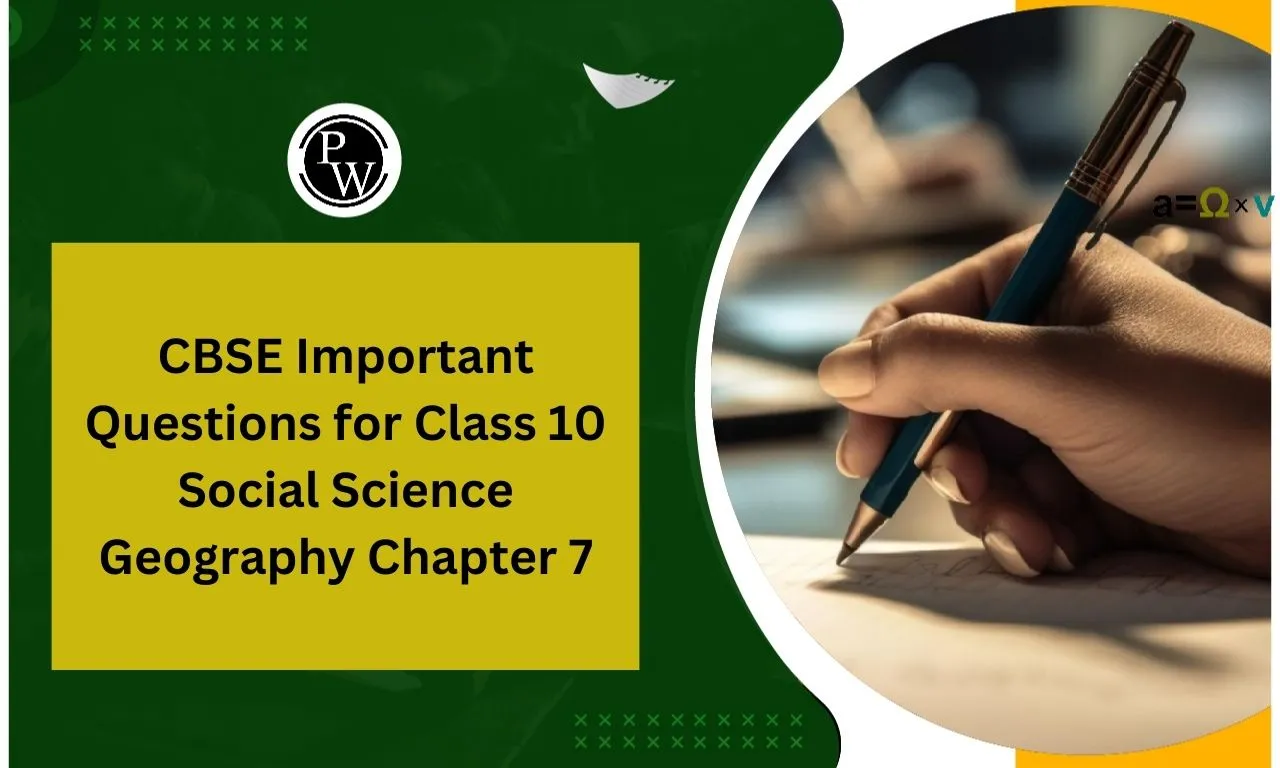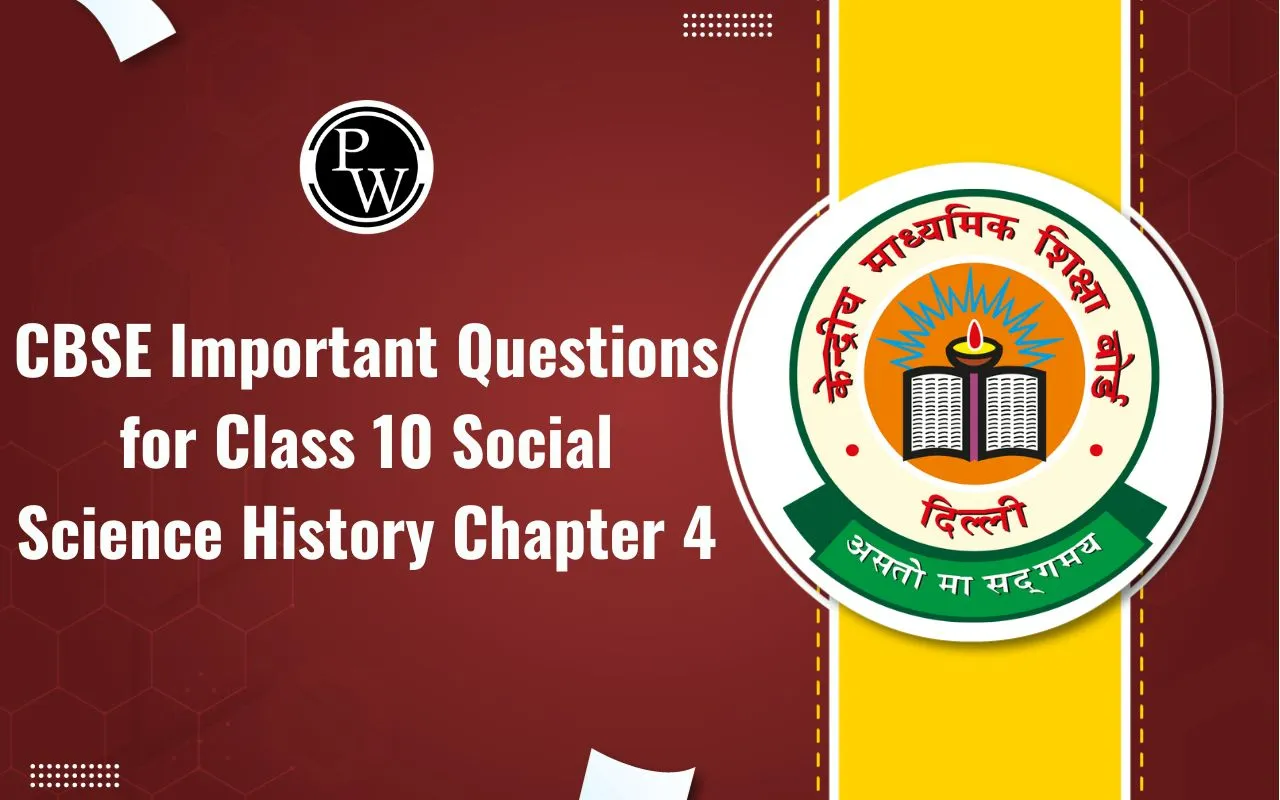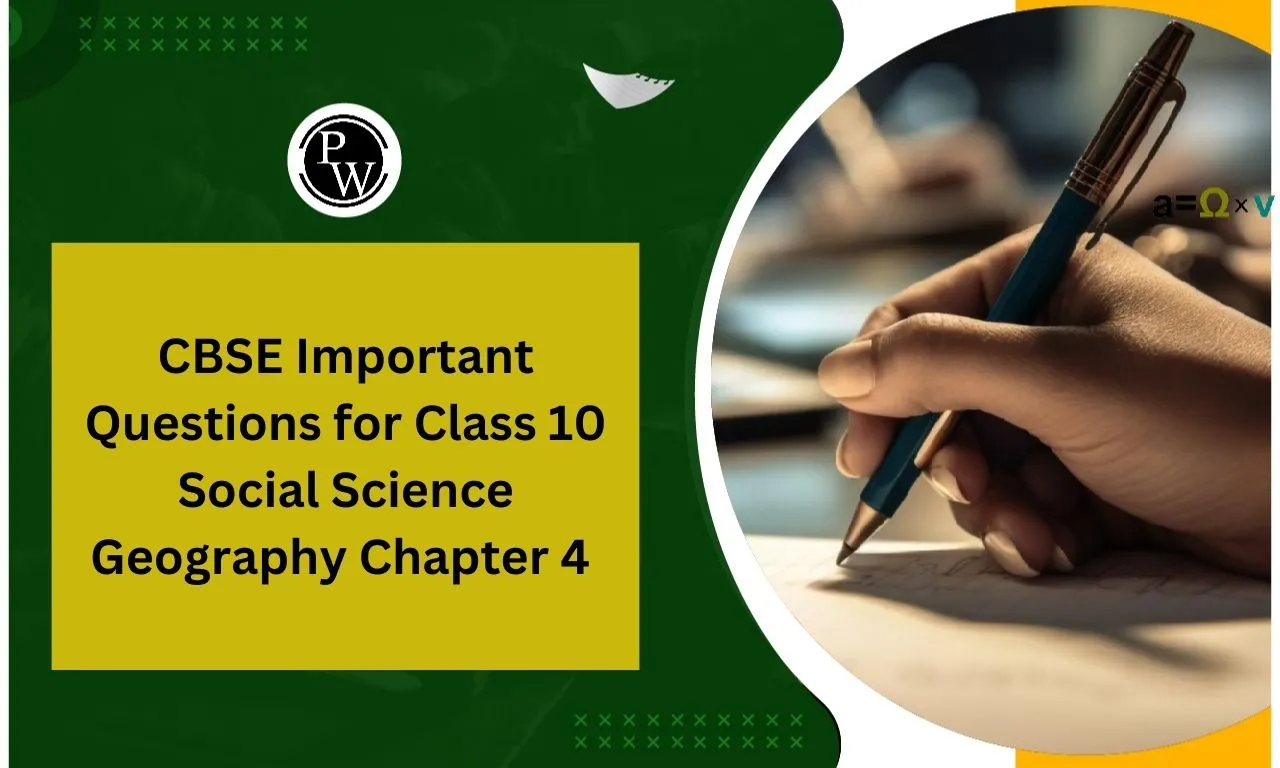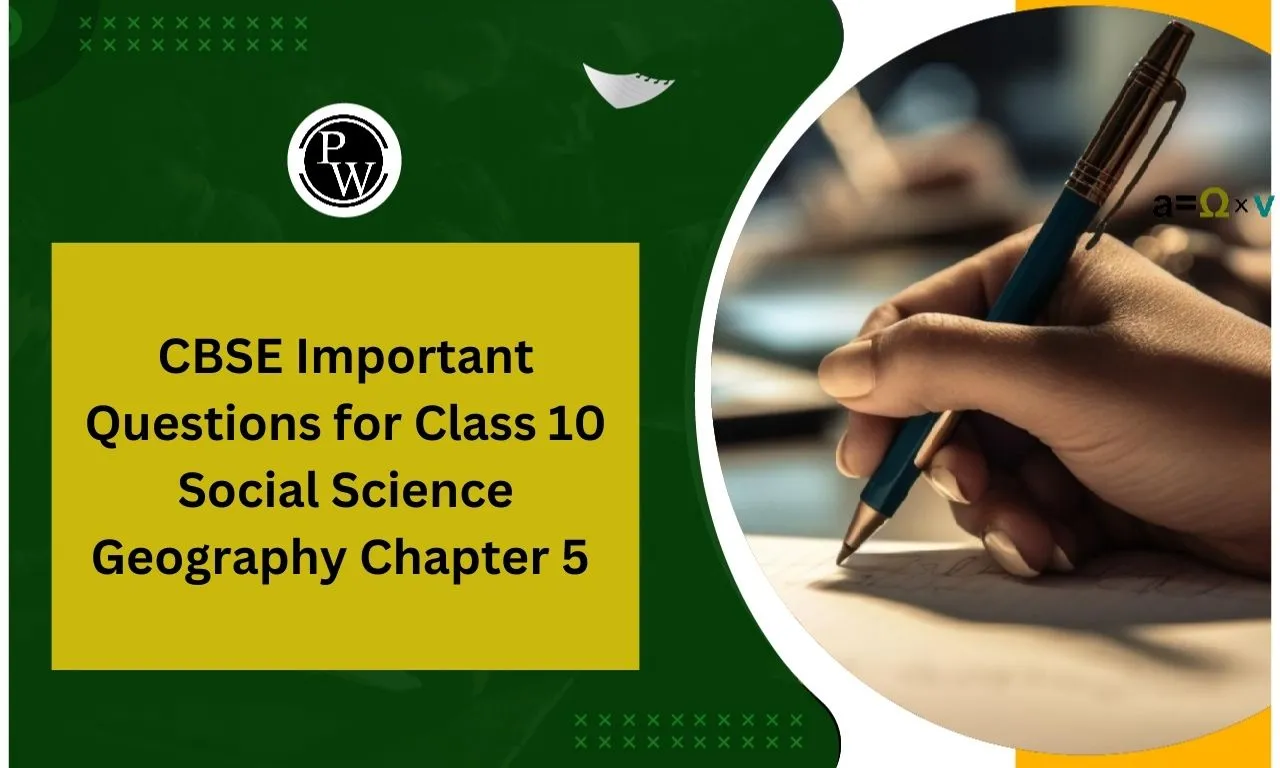
CBSE Important Questions for Class 10 English First Flight Chapter 4: This chapter is an excerpt from The Diary of a Young Girl by Anne Frank, a Jewish teenager who documented her life while hiding during World War II.
Anne expresses her feelings of loneliness, her relationship with her family, and the importance of a true friend. She considers her diary, "Kitty," as a confidante.
Through her words, she portrays the harsh realities of war and human emotions with innocence and maturity. The chapter highlights themes of isolation, resilience, and self-expression. It teaches students about history, empathy, and the power of writing as a means of emotional release.
CBSE Important Questions for Class 10 English First Flight Chapter 4 Overview
CBSE important questions for From the Diary of Anne Frank help students grasp key themes, character insights, and literary techniques. These questions focus on Anne’s emotions, the significance of her diary, and the historical context of World War II.
They enhance comprehension, improve analytical skills, and aid in exam preparation by covering key extracts, long and short answers, and value-based questions.
Practicing these questions helps students express their thoughts effectively, understand the relevance of self-expression, and appreciate the impact of war on individuals. They also encourage empathy and critical thinking, making literature more meaningful and insightful.
CBSE Important Questions for Class 10 English First Flight Chapter 4 PDF
Below, we have provided a PDF containing important questions for From the Diary of Anne Frank. This PDF includes a variety of questions, such as short answer, long answer, and extract-based questions, to help students prepare effectively for exams.
It covers key themes, character analysis, and important literary aspects. Download the PDF to enhance your understanding and improve your performance in exams.
CBSE Important Questions for Class 10 English First Flight Chapter 4 From the Diary of Anne Frank
1. To enhance the image of this long-awaited friend in my imagination, I don’t want to jot down the facts in this diary the way most people would do, but I want the diary to be my friend, and I’m going to call this friend ‘Kitty’. Since no one would understand a word of my stories to Kitty if I were to plunge right in, I’d better provide a brief sketch of my life, much as I dislike doing so.
(A) Who was the long-awaited friend of Anne? Why?
(B) What did she provide in her diary?
(C) To write down the idea as and when it occurs in mind is called
Ans. (A) The diary named ‘Kitty’ was the long-awaited friend of Anne, because she had no true friend in her life with whom she could share her feelings and thoughts.
(B) She provided a brief-sketch of her life and her family in her diary.
(C) It is called jotting down.
2. Describe Anne’s love for her grandmother.
Ans. When Anne’s grandmother died, she stated that no one could understand her intensity of her love for her grandma.
She also said that no one could imagine how much she thought of her. Lighting up an extra candle for her during her birthday showed her love for grandmother.
3. "From the diary of Anne Frank" throws light on teacher-student relationship, class atmosphere and discipline. Write a paragraph about the values of these aspects of school and how far these values are necessary for learning and life.
Ans. “The diary of Anne Frank” clearly describes the teacher-student relationship, class atmosphere and discipline. Anne, who talks a lot in the class gets punished by Mrs. Keesing, her Maths teacher.
He asks her to write essays as punishment which is learning in disguise because he wanted her to focus on studies. He cannot be blamed for the punishment as he did it for the development of Anne.
The teacher-student relationship is very respectful and sacred. It is about discipline and classroom manners which are essential for every student as well as teacher, otherwise both teaching or learning could hamper.
This relationship is clearly shown in Mrs. Keesing and Anne Frank' sactions as they both try to joke on each other but in a very humorous and healthy manner. So this healthy relationship is needed everywhere in the class for effective teaching and learning.
4. ‘Paper has more patience than people’. Elucidate.
Ans. According to Anne Frank, people are not always interested in listening to what you are telling them. They get bored and lose patience, but it is not so with paper. You can go on writing whatever you like, and as long as you like.
5. Why did Anne Frank think that she could confide more in her diary than in the people?
Ans. Anne got a diary as a gift on her thirteenth birthday. First, she didn’t like the idea of writing a diary at all. But then she felt like writing because she had to get all kinds of things off her chest. She felt lonely, bored and depressed, though she had loving parents, a sister and thirty others.
She was a shy and introvert type of a girl. She did not have a true friend. Even though she had a happy family but somehow, she could not confide in them.
She wanted someone with whom she could share her secrets. She found a real friend in her diary ‘Kitty’. Moreover, she realized the truth lying in the fact that paper has more patience than people.
She did not plan to let anyone else read her diary, unless she ever found a real friend. So, she could confide in more ideas in her diary than in people because people are not always interested in listening to what you are telling them. But diary conceals all your secrets.
Benefits of Using CBSE Important Questions for Class 10 English First Flight Chapter 4
Better Understanding of Key Themes – Helps students grasp the main themes of From the Diary of Anne Frank, such as self-expression, isolation, and resilience.
Exam Preparation – Covers frequently asked questions, making revision more effective and boosting confidence for board exams.
Improves Writing Skills – Enhances answer framing techniques for short and long answer questions.
Critical Thinking Development – Encourages analysis of historical context and Anne Frank’s emotions.
Saves Time – Provides a structured way to study without going through the entire textbook.
Enhances Retention – Repeated practice aids memory and helps recall key points easily.
CBSE Important Questions for Class 10 English First Flight Chapter 4
What name was given by Anne to her friend?
How do we know that Anne Frank was emotionally attached to her headmistress
Why is the title The diary of an Anne Frank justified?
Why did Anne jump with joy?




